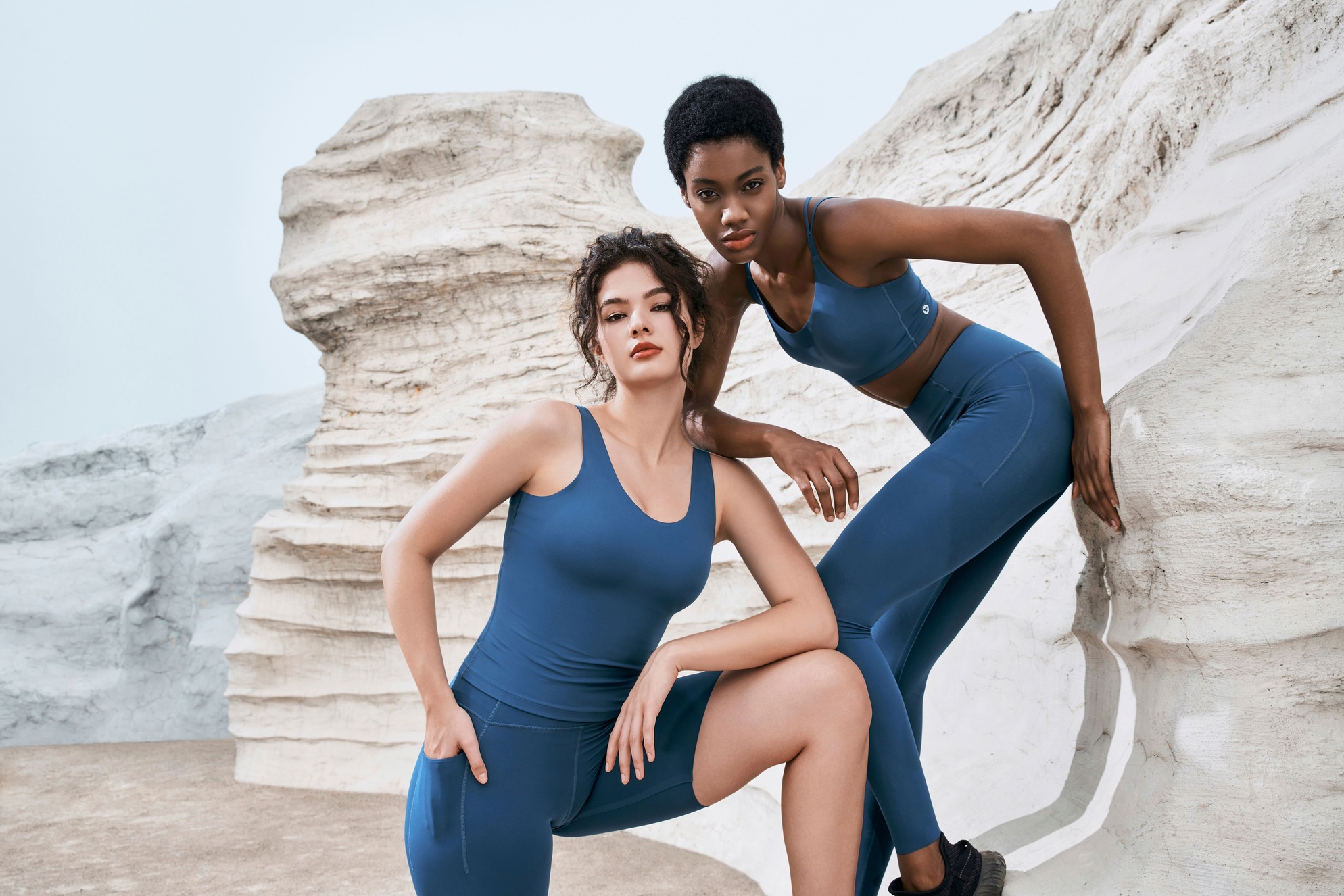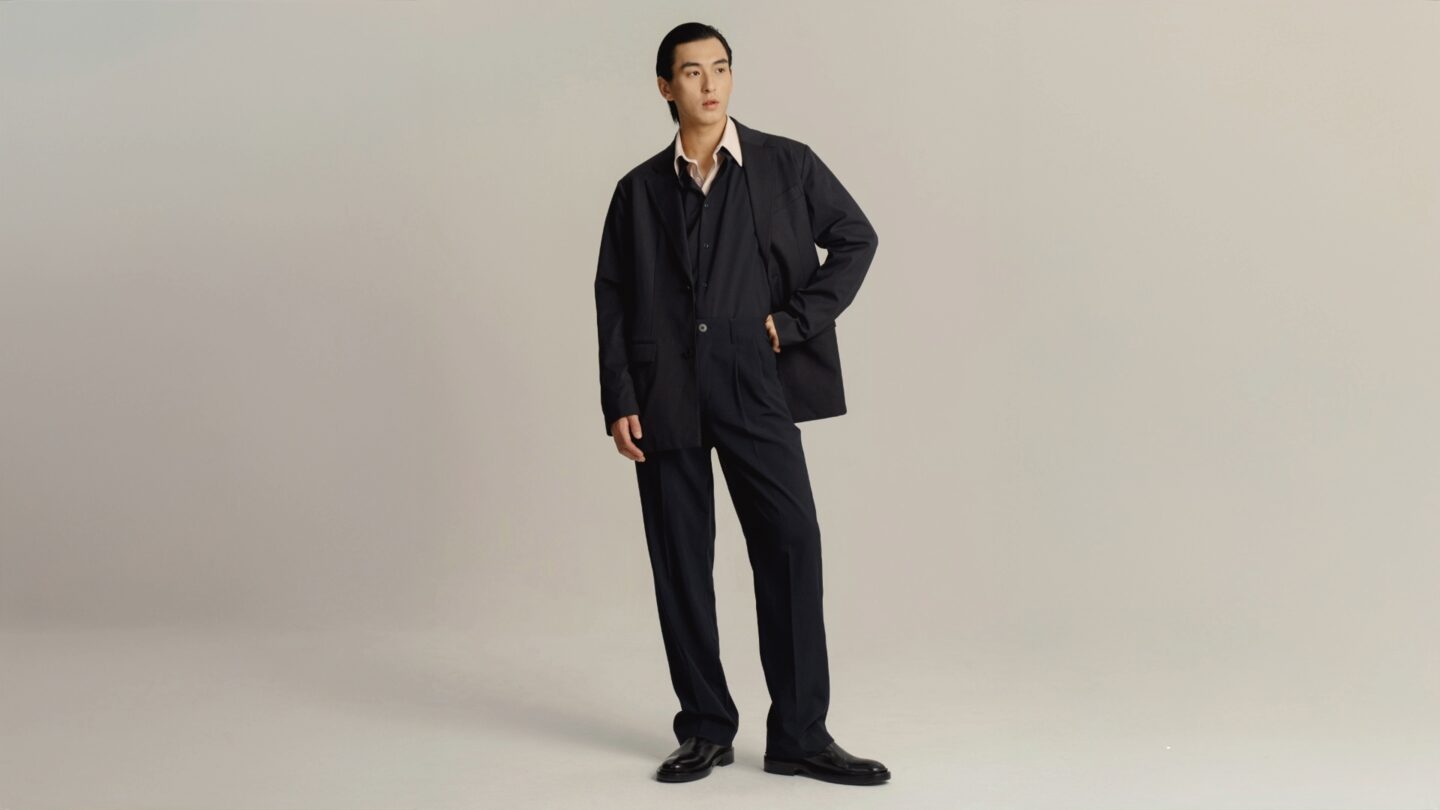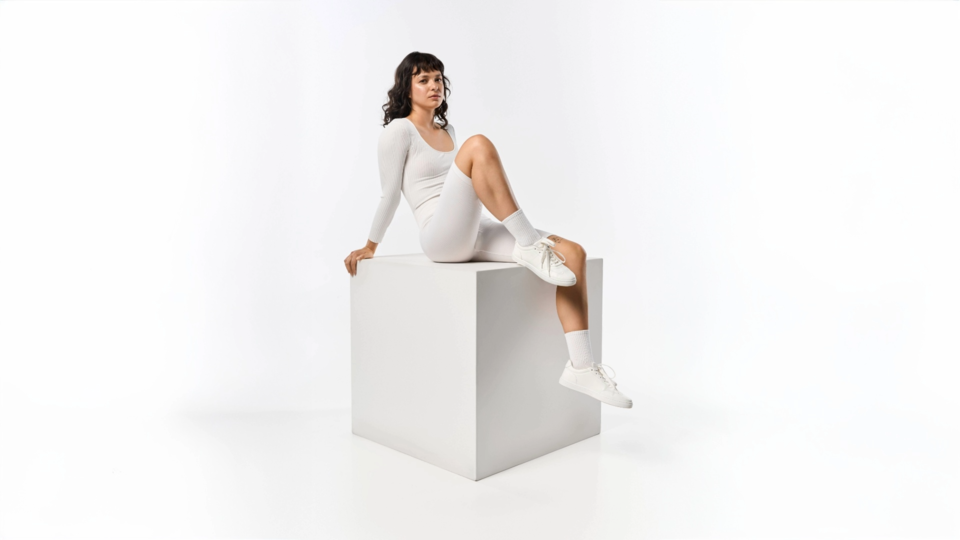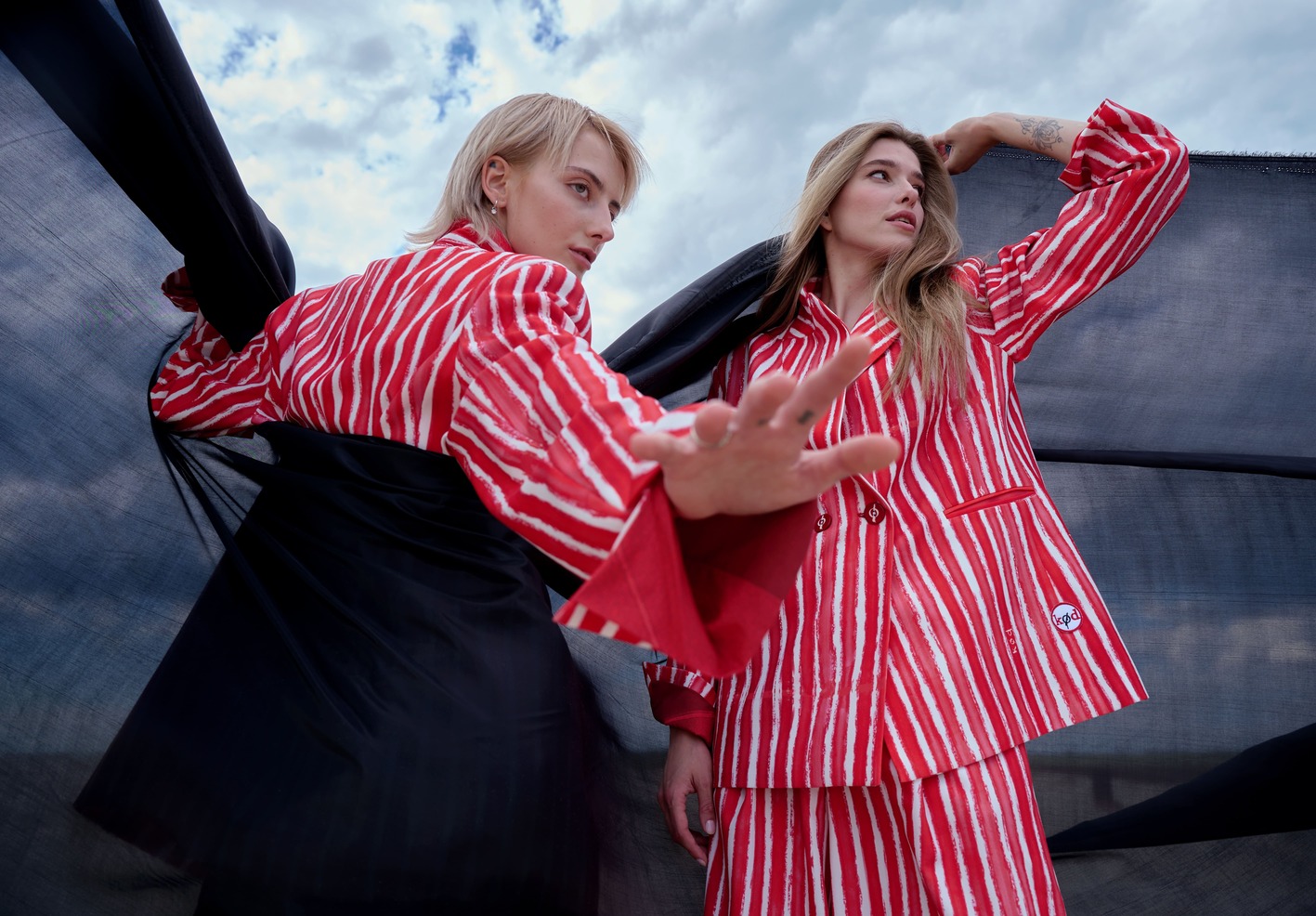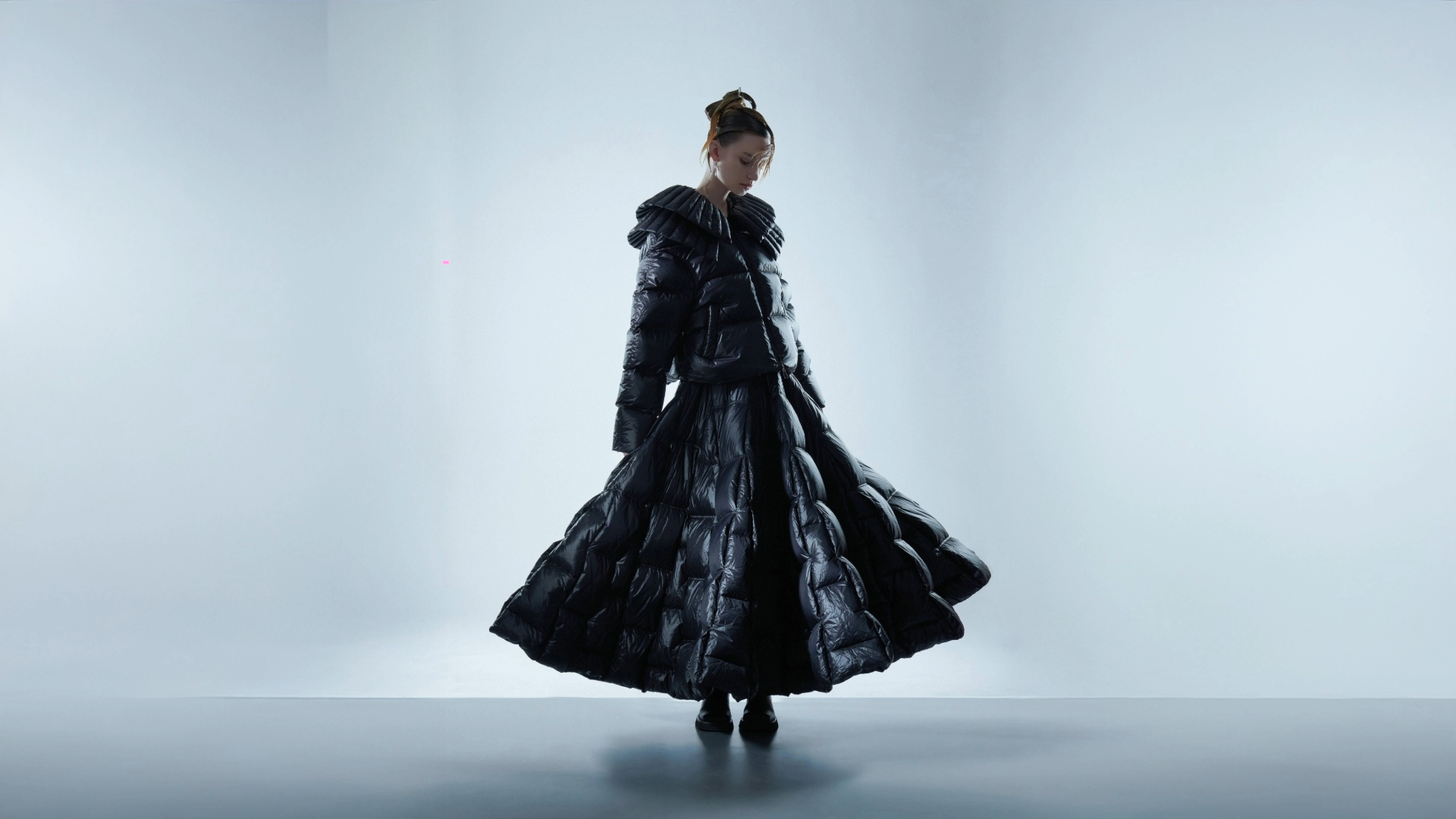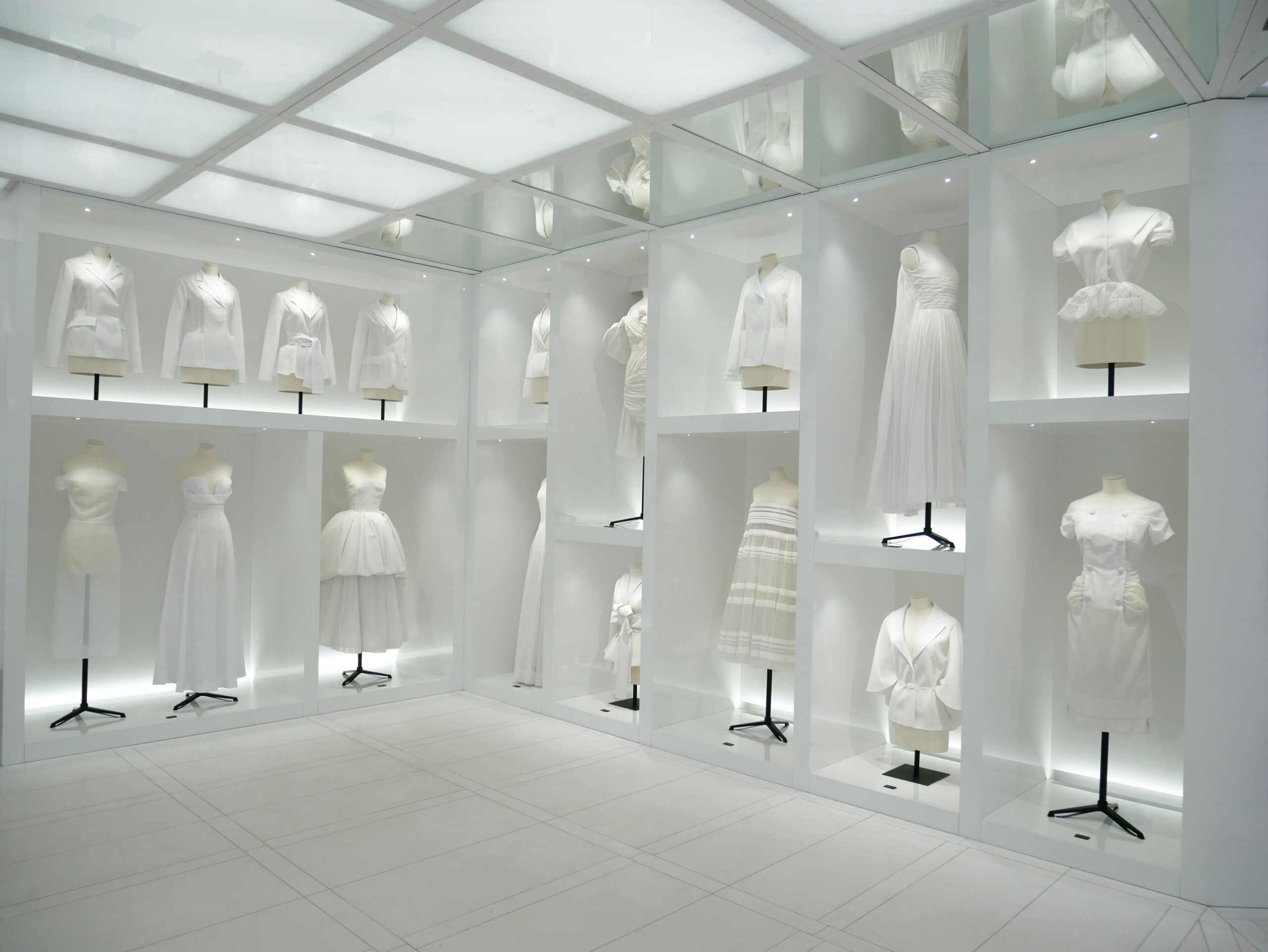Settembre 2023
Types of Online Fitting Technology: Which One Is Right for Your Store?
Ester Bazzanella

Online shopping has undergone a major transformation in recent years, especially in the fashion sector. Consumers no longer settle for generic photos and descriptions. They now expect interactivity, reliability, and a personalized experience. This is where online fitting technology becomes essential. It allows fashion e-commerce stores to offer accurate size recommendations, boost conversion rates, and significantly reduce returns.
In this guide, you will explore the main types of virtual fitting solutions, learn how they work, and discover which one best fits your business needs. You will also see how Sizebay positions itself within this ecosystem.
The Main Types of Online Fitting Technology
There are several types of virtual fitting tools, each designed for different purposes, levels of complexity, and investment requirements. Below are the most common solutions available on the market.
1. Virtual Fitting Based on Size Recommendation
This is the most accurate and widely adopted form of online fitting technology in fashion e-commerce. It uses artificial intelligence to offer personalized size recommendations based on user data such as height, weight, age, gender, and fit preferences.
How it works
The shopper enters their information through a white-label tool integrated into the store. The system cross-checks this data with the store’s sizing charts to recommend the best-fitting size.
Advantages
- Simple and intuitive for users
- Highly scalable and easy to integrate
- Delivers precise recommendations
- Works well for businesses of all sizes
- Effectively reduces size-related returns
Limitations
- Does not offer a visual try-on experience
- Relies on the accuracy of user-provided data
Best suited for online stores that want to scale sales and improve user experience without large investments in visual technology.
2. Virtual Fitting with Augmented Reality (AR)
This model uses AR technology to allow shoppers to “try on” clothes in real time using their device’s camera.
How it works
The system overlays digital garments onto the shopper’s live image, simulating how the item would look when worn.
Advantages
- Visually engaging and interactive
- Increases time spent on the site
- Drives engagement, especially on social media
Limitations
- Less accurate in sizing
- Does not consider actual body measurements
- May require powerful devices
- Higher implementation and maintenance costs
Best suited for brands focused on creating immersive marketing experiences and visual engagement.
3. Virtual Fitting with 3D Avatars or Body Modeling
This fitting solution creates a 3D avatar using the shopper’s body measurements. The avatar serves as a digital mannequin that simulates how garments fit, move, and drape in a realistic way.
How it works
The shopper inputs their measurements, and the system generates a digital body with similar proportions. Clothes are rendered on this avatar with visual detail and motion simulation.
Advantages
- More realistic visualization of fit and fabric
- Supports simulation of different textures and cuts
- Can integrate with 3D product catalogs
Limitations
- High development and operational costs
- Requires 3D modeling of all garments
- Less viable for large catalogs or fast-changing collections
- Demands a higher level of technical knowledge from the team
Best suited for premium fashion brands, fashion tech companies, and projects involving virtual showrooms or metaverse environments.
4. Hybrid Fitting (Size + Visualization)
This solution combines size recommendation with visual simulation, either through a 3D avatar or augmented reality. It is the most complete form of online fitting technology, offering both functionality and an immersive shopping experience.
How it works
Shoppers receive a size recommendation and simultaneously see how the item fits on a virtual model or avatar.
Advantages
- Combines data accuracy with visual interaction
- Delivers a fully immersive experience
- Allows for a high level of customization
Limitations
- Higher cost of implementation
- Complex integration with inventory and modeling systems
- Requires a specialized team for ongoing support
Best suited for major brands, digital fashion platforms, and omnichannel experience projects.
Benefits of Online Fitting Technology for Fashion E-Commerce
No matter which solution you choose, virtual fitting tools offer real competitive advantages for fashion e-commerce:
- Reduces returns caused by sizing errors
- Increases conversion by building customer confidence
- Creates a smoother and more satisfying shopping experience
- Strengthens brand positioning by showcasing innovation and care
- Improves customer service by minimizing size-related inquiries
How to Choose the Right Online Fitting Technology
The ideal solution depends on several factors, including your available budget, business goals, digital maturity, ability to manage 3D modeling, product catalog size, and how often you update collections.
If your main goal is to reduce returns and improve conversions, a size recommendation tool is often the most effective and accessible option. For brands seeking stronger visual engagement, solutions involving AR or 3D avatars may be more appropriate.
Investing in online fitting technology is no longer a competitive edge—it is a necessity. Each type of virtual fitting solution meets specific needs. Before making a decision, carefully assess your objectives, resources, and capabilities. The right technology can transform the customer experience and deliver better results for your store.

